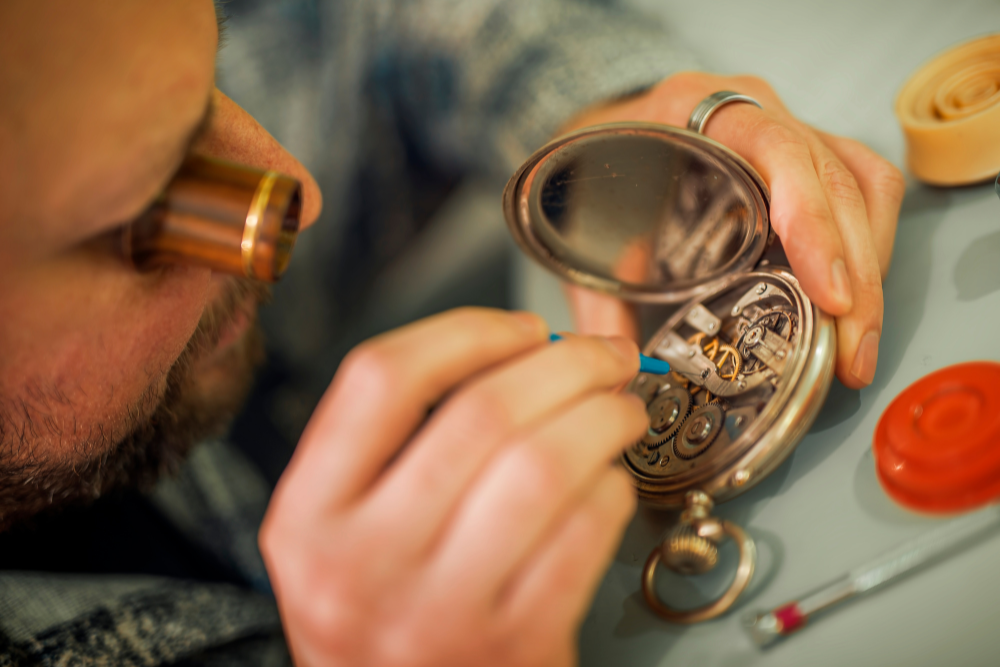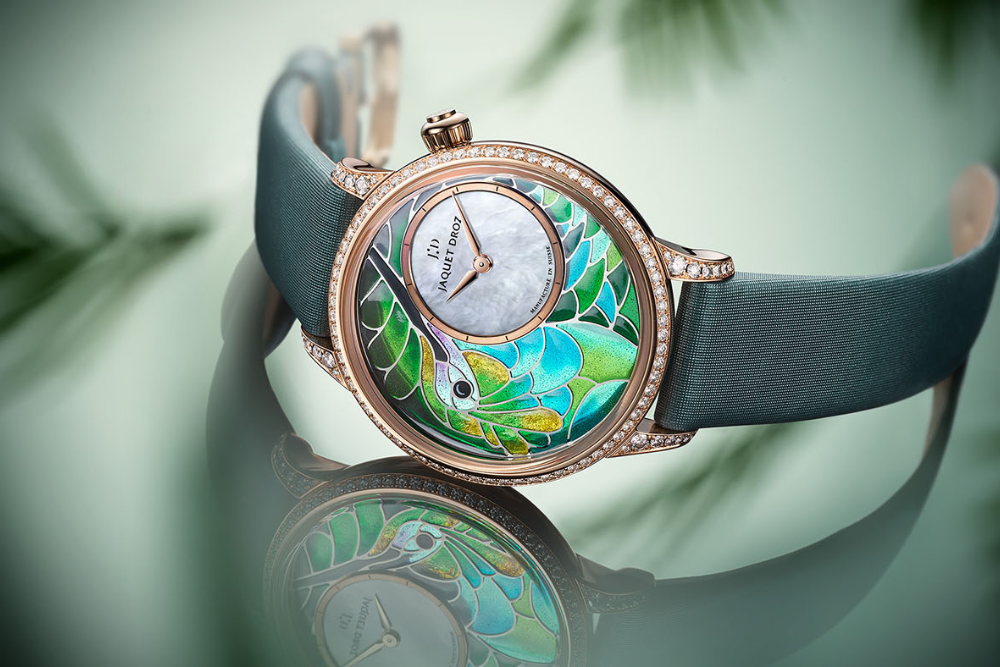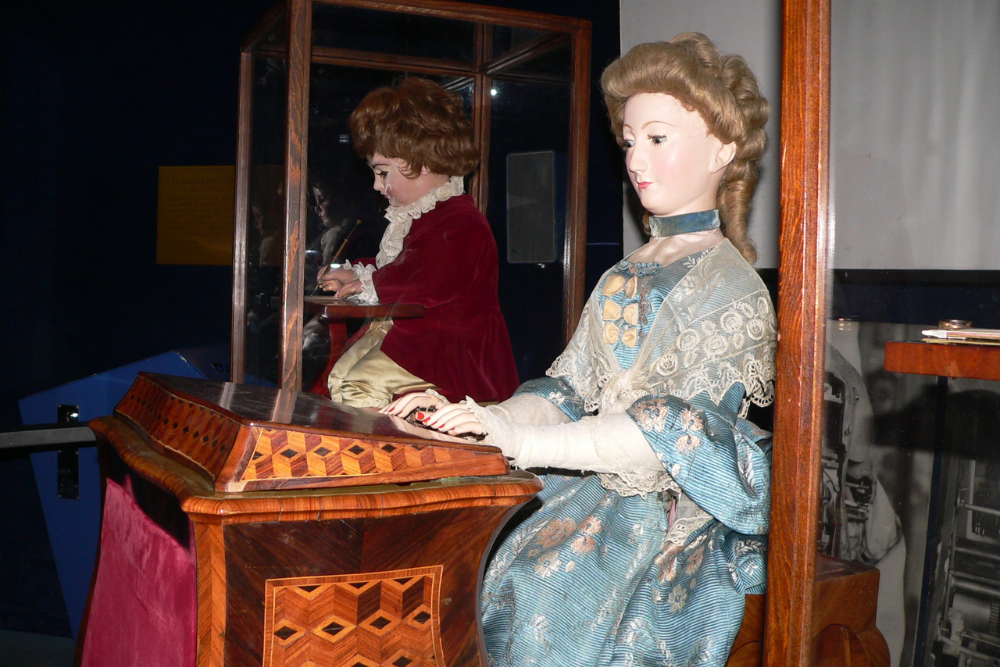Switzerland, renowned for its precision engineering, innovative spirit, and rich cultural heritage, has long had a fascination with mechanical automata. These intricate machines, designed to simulate human or animal movement, have captured the imaginations of generations. From elaborate timepieces to miniature mechanical theaters, Switzerland has played a pivotal role in the development and preservation of mechanical automata, blending artistry with cutting-edge technology. In this deep dive, we will explore the history, significance, and legacy of Switzerland’s love for these fascinating creations.
1. The Origins of Mechanical Automata in Switzerland
Mechanical automata—machines designed to perform tasks or mimic living beings—have a history that stretches back centuries. While automata can be found in cultures around the world, Switzerland’s contribution has been particularly significant, thanks to the country’s historical position as a hub for watchmaking and mechanical innovation.
The art of creating automata began to flourish in the 17th century during the age of Enlightenment. It was a time when inventors, clockmakers, and artisans sought to combine scientific curiosity with artistic expression. In Switzerland, cities such as Geneva, Neuchâtel, and Zurich became centers for clockmaking and horological excellence, setting the stage for the creation of automata. These machines were often designed as part of timepieces, adding complexity and beauty to what were already masterpieces of mechanical engineering.
2. The Art of Watchmaking and Automata
Switzerland’s world-renowned reputation for watchmaking and precision engineering provided fertile ground for the development of mechanical automata. Swiss watchmakers, particularly in the regions of Geneva and Neuchâtel, were at the forefront of innovations in horology. Many of the earliest automata were designed as small clockwork creations, often incorporated into elaborate timepieces and watches.
The 18th century saw a boom in the creation of intricate tabletop clocks, pocket watches, and jewelry that incorporated automata. These creations were often crafted for the wealthy elite and royalty, with a focus on exquisite craftsmanship, delicate movements, and artistic designs. They were typically built to mimic the movements of animals, people, or scenes from daily life. Some of the most impressive examples included musical clocks, which played melodies as figures danced or performed mechanical actions.
Swiss clockmakers such as Breguet and Jaquet-Droz were pioneers in this field. The Jaquet-Droz family, in particular, became famous for their highly sophisticated automata that combined artistic design with technological innovation. The Jaquet-Droz automaton of a writing boy, for example, could write personalized messages, showcasing the marriage of artistry and precision mechanics. These automata were not just toys or novelties—they were demonstrations of technical mastery, pushing the boundaries of what could be achieved through clockmaking.
3. Jaquet-Droz and the Birth of the Automaton Industry
The name Jaquet-Droz is synonymous with Swiss automaton history. The family’s journey into mechanical automata began in the mid-1700s when Pierre Jaquet-Droz, a renowned Swiss watchmaker and horologist, began designing intricate automata that displayed a high level of craftsmanship and ingenuity.
One of the most famous creations from the Jaquet-Droz family is the Jaquet-Droz Automaton Writing Boy—a mechanical figure capable of writing messages. This masterpiece, along with two other iconic automata—a drawing girl and a musical clock—demonstrated the skill and artistry of the Swiss in blending the mechanical with the human. These automata were not just mechanical marvels but also a form of entertainment for royalty and high society. The Swiss automaton became a symbol of luxury, exclusivity, and the cutting edge of technological achievement.
Today, the Jaquet-Droz Museum in Neuchâtel houses some of these extraordinary machines, offering a glimpse into the world of 18th-century Swiss craftsmanship and mechanical wizardry.
4. The Revival of Mechanical Automata in the 20th Century
While the golden age of Swiss automata was during the 18th century, the 20th century saw a revival of interest in these mechanical wonders. With the rise of digital technology and mass production, there was a renewed appreciation for the craftsmanship, precision, and artistry of mechanical devices.
In the early 1900s, Swiss artisans, watchmakers, and mechanical engineers began revisiting the art of automaton-making. They sought to preserve traditional techniques while integrating modern advancements in machinery and design. The resurgence of interest in mechanical automata was also fueled by collectors and museums that sought to preserve these rare and exquisite pieces of Swiss history.
One of the most well-known examples of this revival is the Swiss Museum of Mechanical Music in Seewen, which showcases an extensive collection of antique mechanical automata, musical boxes, and mechanical musical instruments. Visitors to the museum can view a range of automata that play music, perform simple tasks, or recreate miniature scenes of daily life. This museum has become a key destination for those interested in Swiss craftsmanship and the history of mechanical music.
5. Swiss Mechanical Automata in Popular Culture
While mechanical automata originated in the courts and homes of European royalty, they have gradually found a place in popular culture. The fascination with automata has continued into the modern era, with Swiss automata often featured in art exhibitions, movies, and books. The notion of automata—machines that mimic life—has always held an allure, symbolizing the intersection of human creativity, craftsmanship, and technology.
Swiss automata have appeared in films like “The Illusionist” (2006), where the mechanical wonders of the early 20th century are central to the plot. The story highlights the mysterious allure of automata, emphasizing their magical quality and the almost supernatural skill required to create them.
Swiss automata have also inspired numerous modern artists and designers. The Swiss artist Jean Tinguely is known for creating kinetic sculptures that often reference the mechanization of human and animal movements. His work continues the legacy of Swiss love for automata, exploring the themes of technology, movement, and artistic expression.
6. The Future of Swiss Automata
Today, the tradition of Swiss mechanical automata continues to evolve. While contemporary Swiss watchmakers and engineers are no longer focused on creating automata for entertainment, the principles of precision engineering, creativity, and craftsmanship that drove the development of automata still shape the Swiss watchmaking industry.
Some modern Swiss watchmakers, such as Richard Mille and Breguet, have incorporated elements of mechanical animation in their designs. While these new creations are more focused on horology rather than automata as art pieces, they maintain the same spirit of precision and innovation that marked the automaton age. These modern watchmakers have created watches with moving parts, such as rotating discs and animated figures, bridging the gap between tradition and innovation.
Moreover, the growing interest in mechanical artistry has seen a new generation of designers and artisans who draw inspiration from the classic automaton tradition, blending old-world techniques with contemporary creativity.
Conclusion
Switzerland’s love for mechanical automata is rooted in its rich tradition of precision craftsmanship, technological innovation, and artistic expression. From the legendary creations of the Jaquet-Droz family to the revival of automaton-making in the 20th century, Switzerland has played a pivotal role in the history and evolution of these fascinating machines. The legacy of Swiss mechanical automata lives on, both in museums and modern horological creations, showcasing the enduring appeal of mechanical art that mimics life. As technology continues to advance, the spirit of Swiss automaton craftsmanship remains alive, inspiring future generations to blend creativity with engineering.












